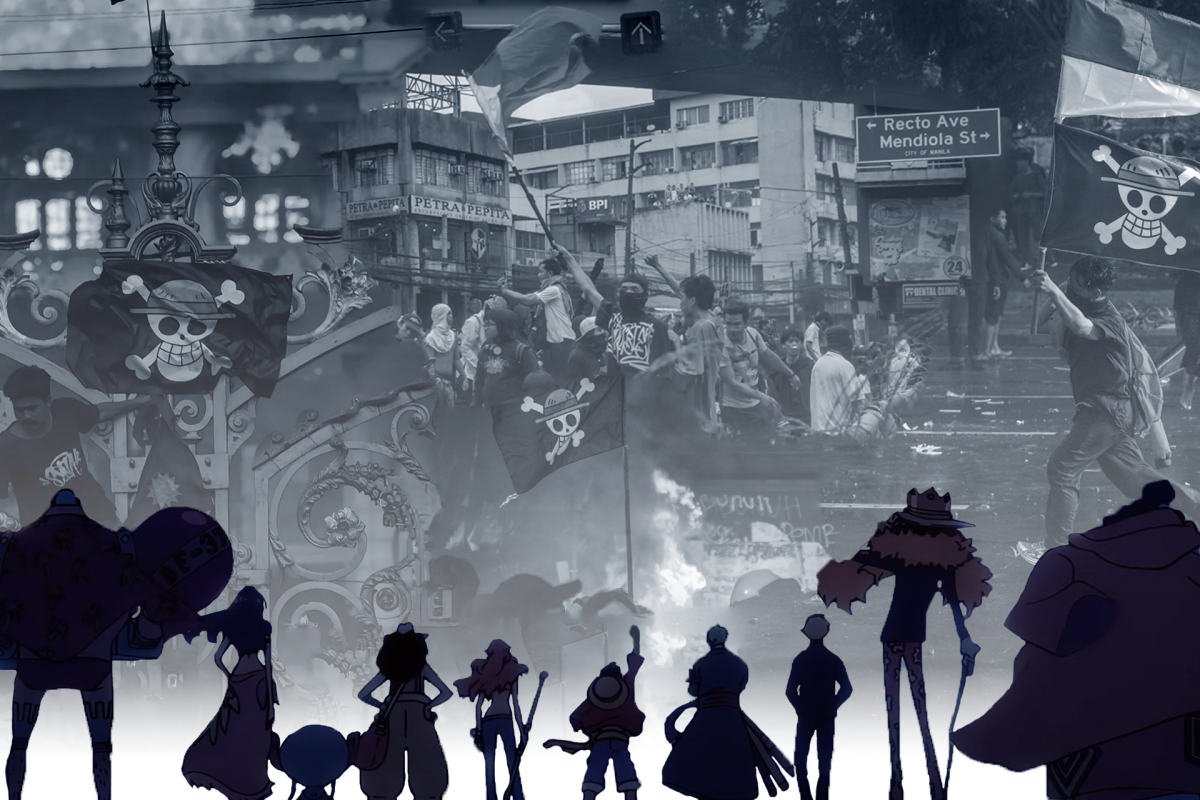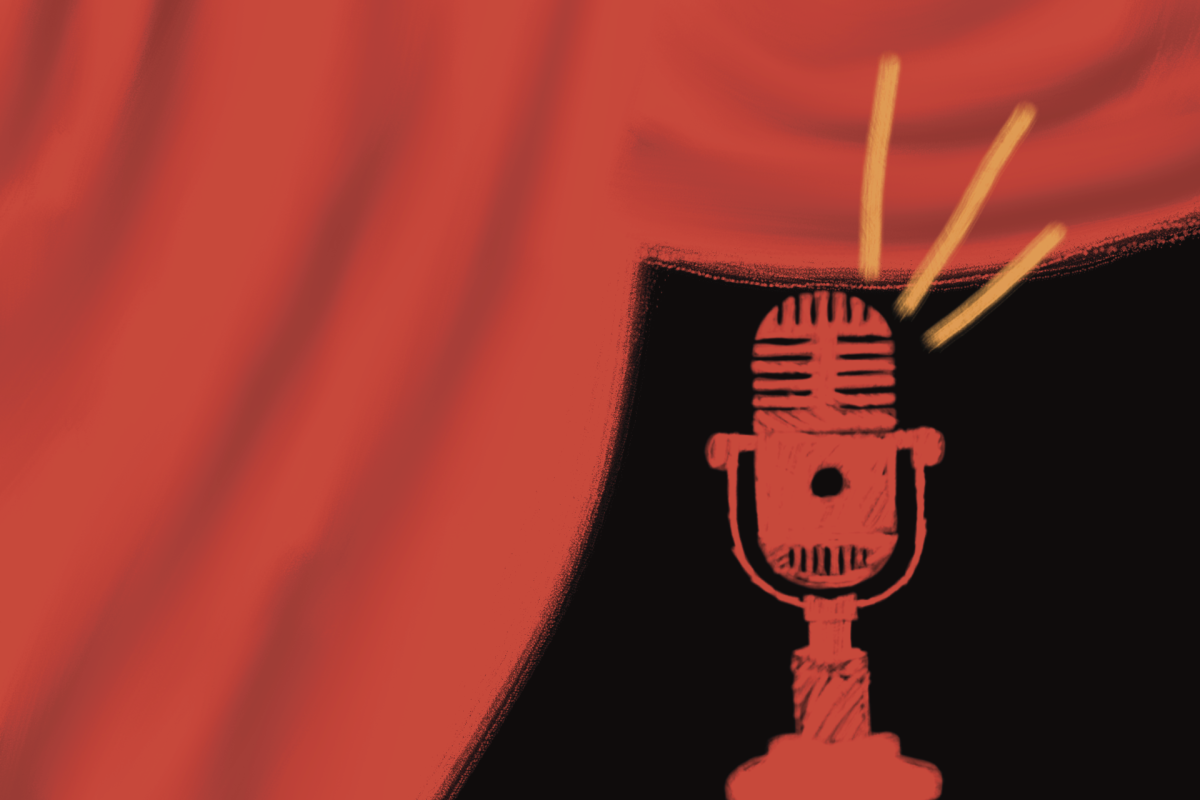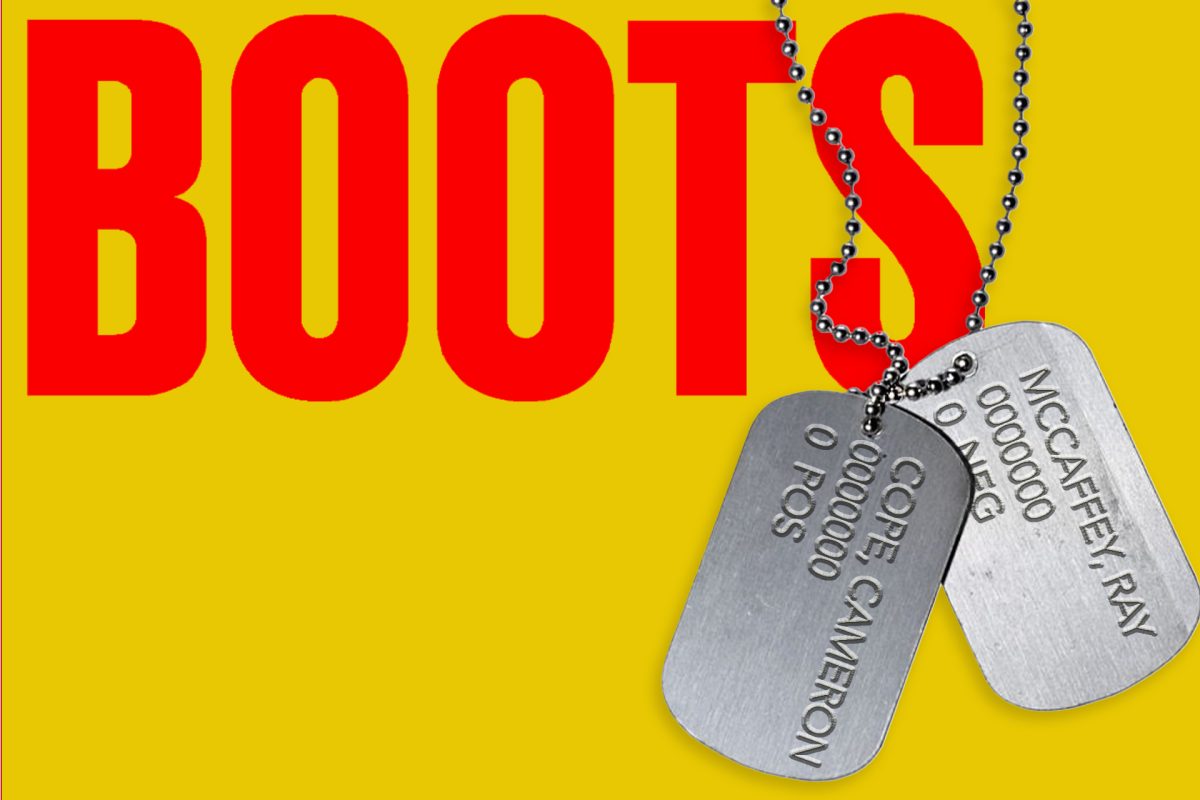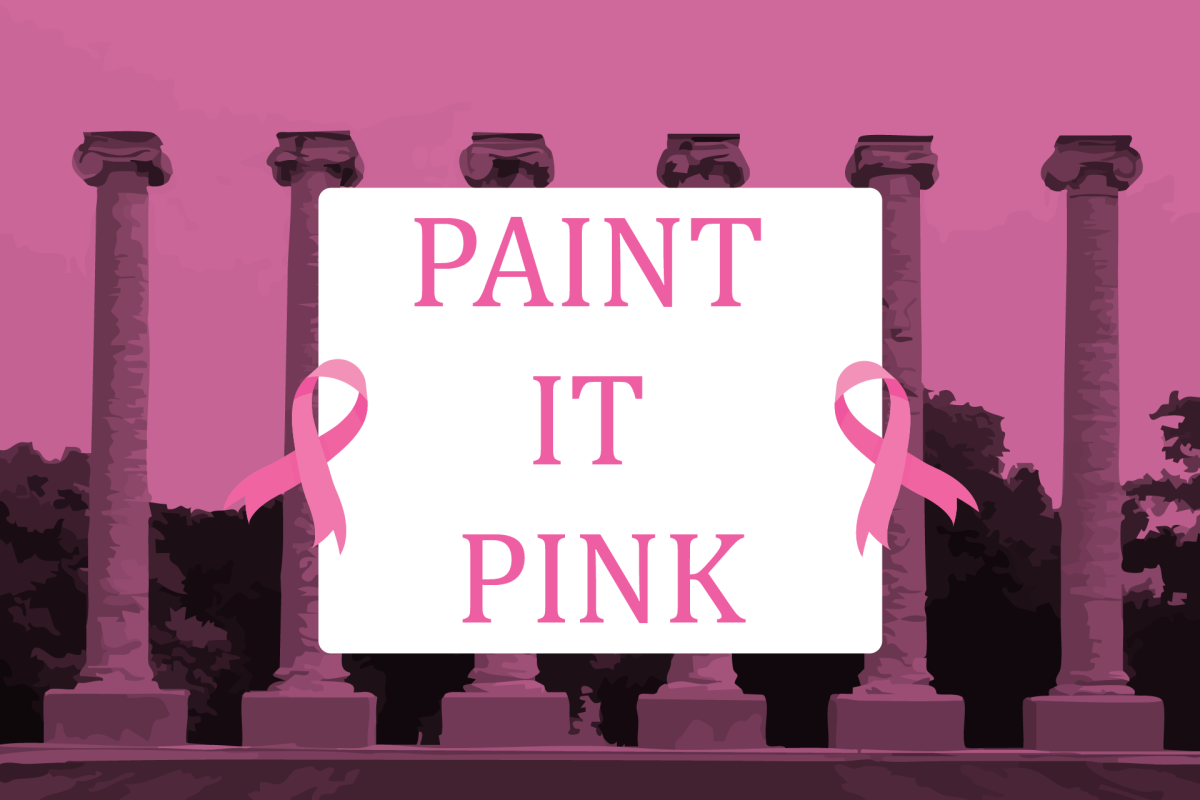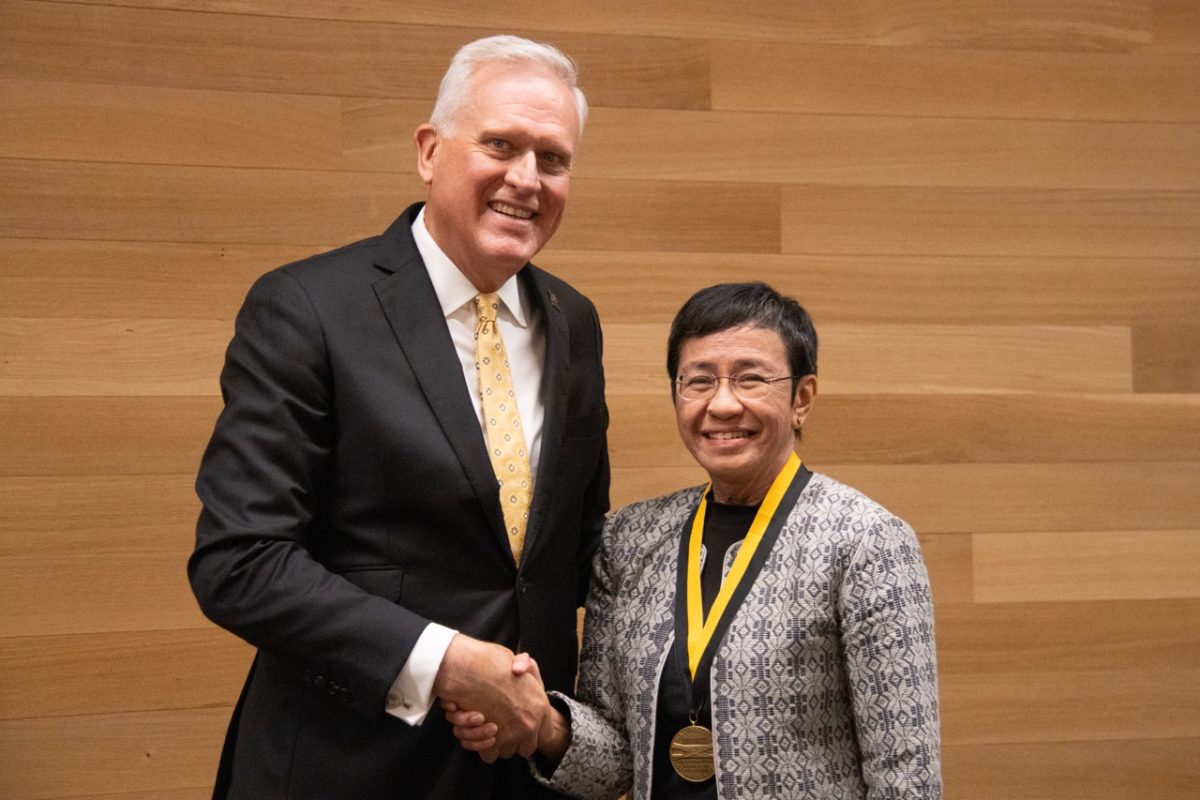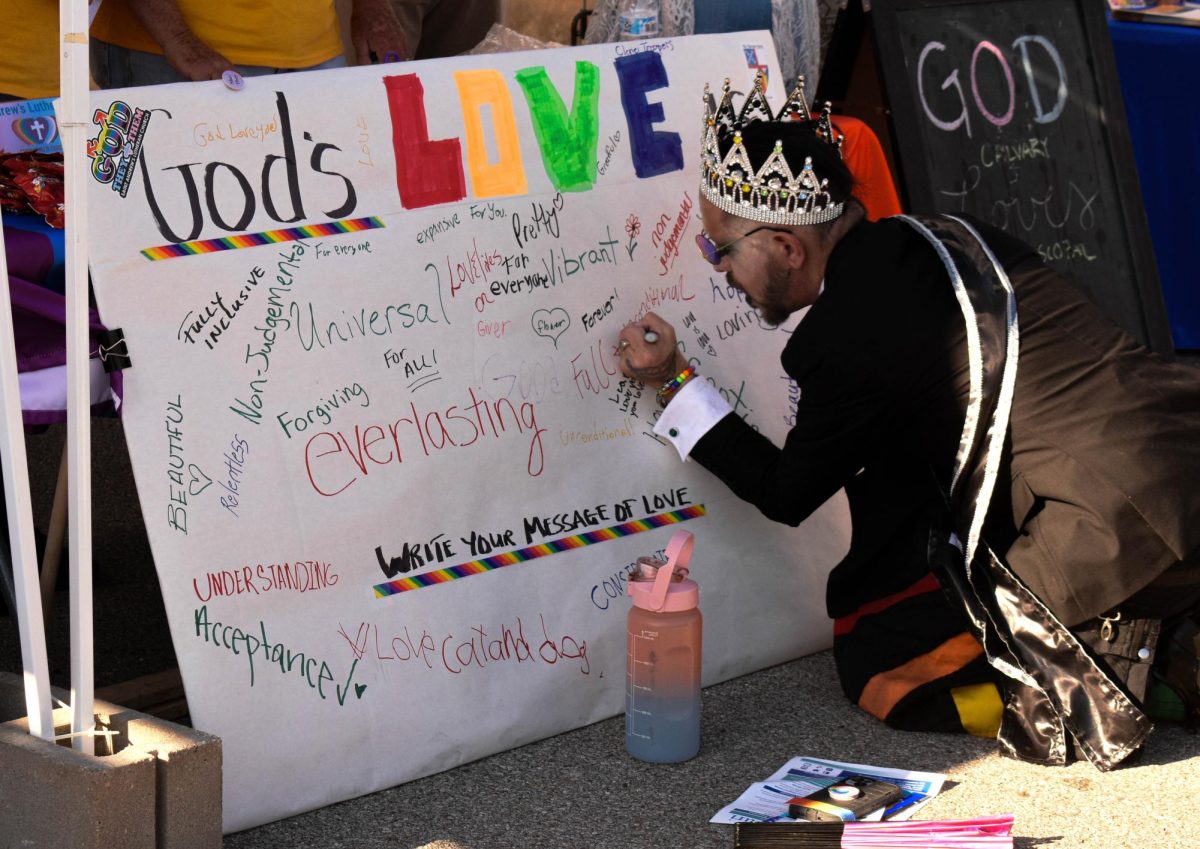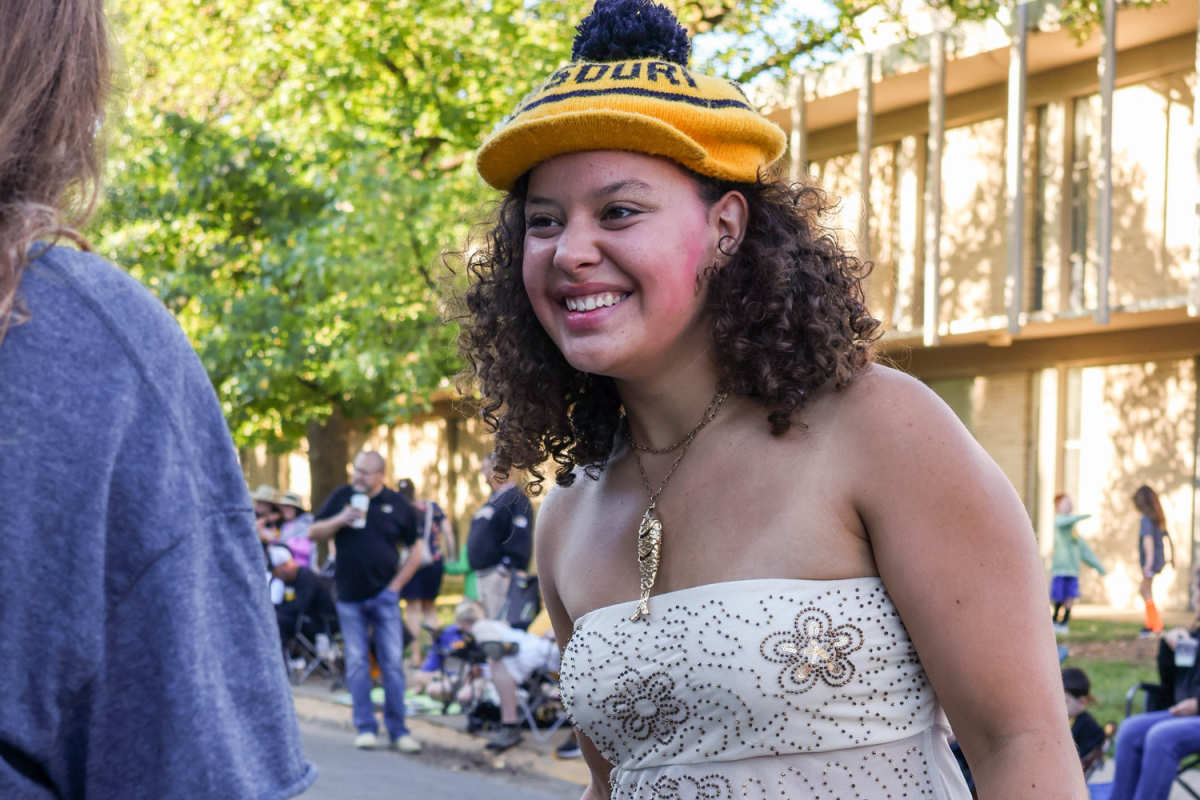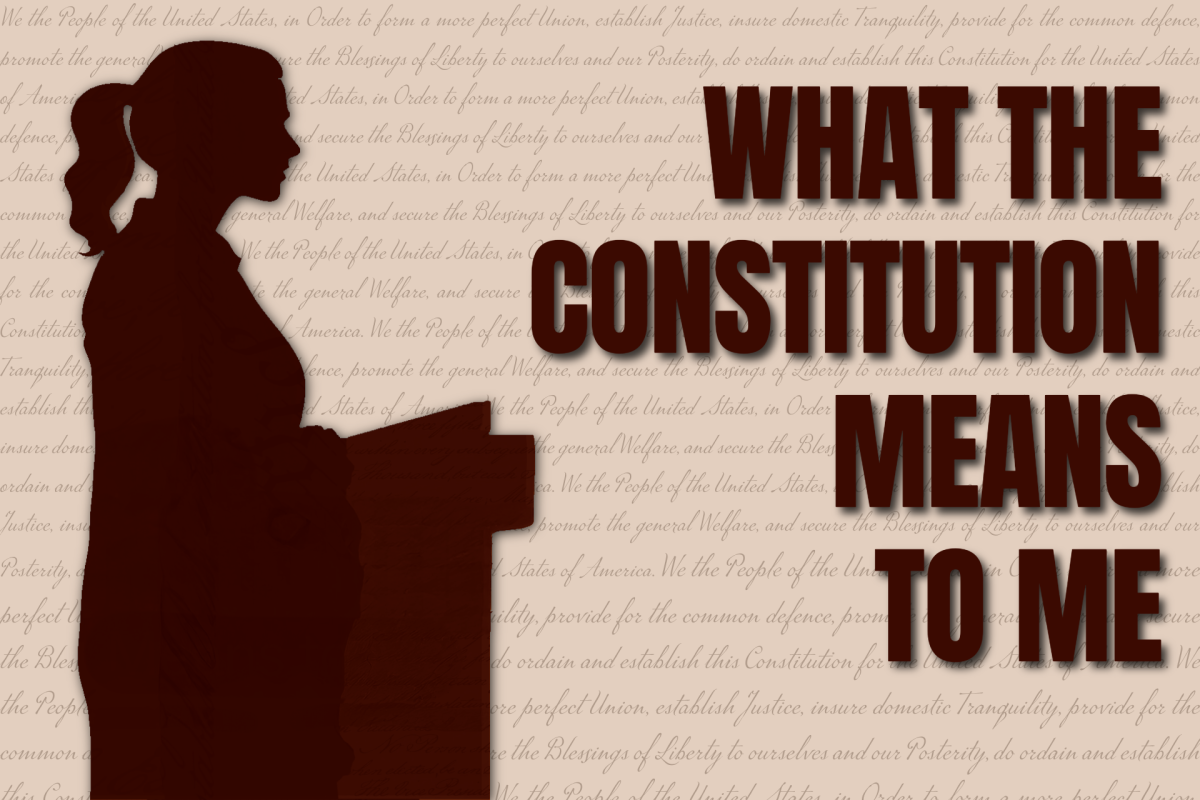Within a small space, Stop Gap projects exposes Columbia residents to a broader art community by showcasing pieces from artists across the country
The Columbia Experimental Music Festival took place Nov. 2 through Nov. 5 and was organized by Dismal Niche Arts, a non-profit organization and record label dedicated to “offering local residents rare opportunities to experience world class presentations of innovative and non-conventional music, art and performances.”
Throughout the festival, many local and underground artists performed at various small businesses and venues in downtown Columbia, showcasing a diverse range of genres. Each day of the festival consisted of two to four performances.
This year was the eighth annual festival, but as of right now, Dismal Niche Arts does not plan to hold the festival again next year due to a lack of volunteers to organize the event each year. This year will be the last time Columbia residents can experience the festival. The performances brought out local Columbians eager to watch artists like J2M, Tri-County Liquidators and Rome Streetz.
The Maneater reported on the concerts part of the Columbia Experimental Music Festival that took place throughout the week, speaking with concert-goers and performers.
Stop-Gap Projects hosted an art exhibit for the first event during night two of the Columbia Experimental Music Festival.
The exhibit featured art made by local artists, as well as artists from across the country. The art presented varied from sculptures and paintings to interactive displays that viewers could read to learn about the artists’ and their work.
The main focus of the exhibit was the theme “Space is the Place.” The artists in the exhibit created pieces related to space by using different textures, and experimenting with different colors and shapes.
Abigail Newman, an intern for Stop-Gap Projects helps organize pop-ups and other events the organization hosts with artists around the country.
“They have an artist every month and they try to find artists from … different states and cities rather than just rural Columbia, so that Columbia can experience different artists,” Newman said.
Some of the places that were represented at the exhibit were New York, Philadelphia, Kansas, Tennessee and Columbia. Since most of the artists couldn’t be present at the event, many pieces had a description of what the artist wanted to communicate through their piece.
Anna Wehrwein, co-founder and director of Stop-Gap Projects, has a desire for Columbia to join the larger art community that supports local and nationwide artists.
“We do really want to be a hub for artists in town, a sort of gathering place for artists to talk about art, but we hope our audience is everyone — whether you’re an artist yourself or just interested,” Wehrwein said.
Their gallery, located on East Walnut St., may have limited space but Stop-Gap Projects still takes advantage of every connection and relationship that forms in their space.
“We have a small space, but we think a lot about how it’s arranged and the relationships we create through artwork and the conversations,” Wehrwein said. These conversations are meant to be broader than Columbia, so we want Columbia to be a part of a larger contemporary art conversation.”
The artists that were represented at the exhibit are just a few of the many artists Stop-Gap supports. Their ultimate goal is to bring Columbia into a more diverse art community, whether it’s through music, dance or any other form of creative expression. Stop-Gap hopes that by creating a positive and safe space for artists to share their work, people from all over can become a part of their community and support their cause.
Edited by Annie Goldman | [email protected] Copy edited by Sterling Sewell | [email protected]




